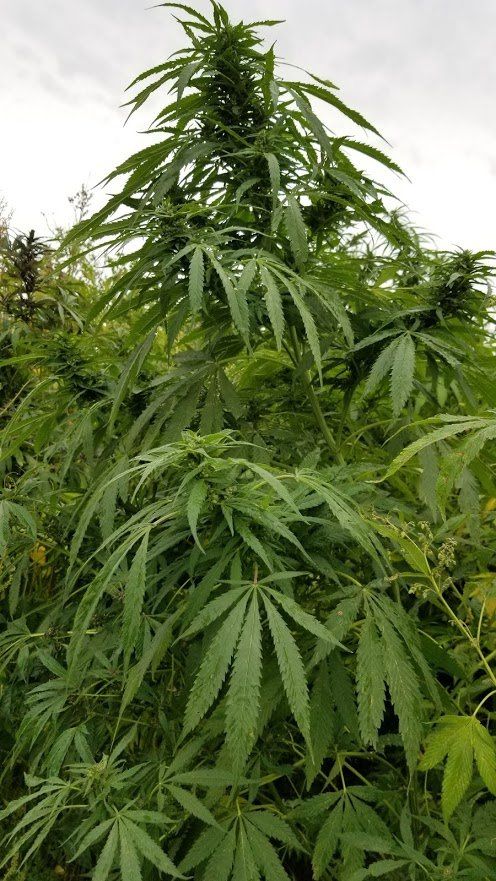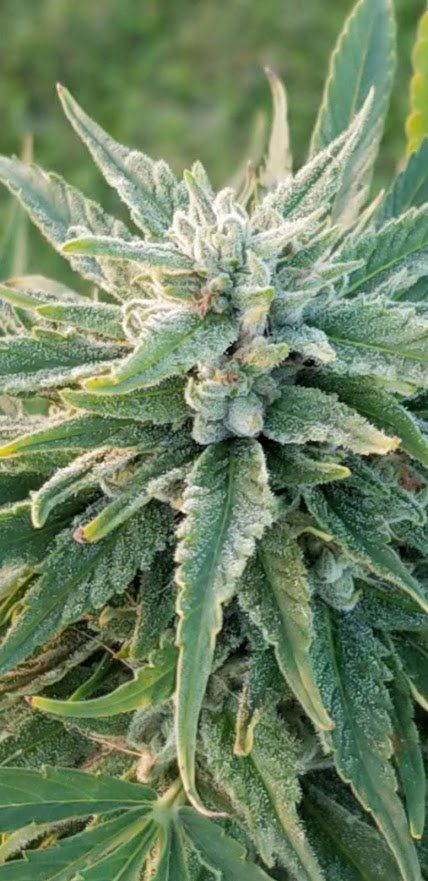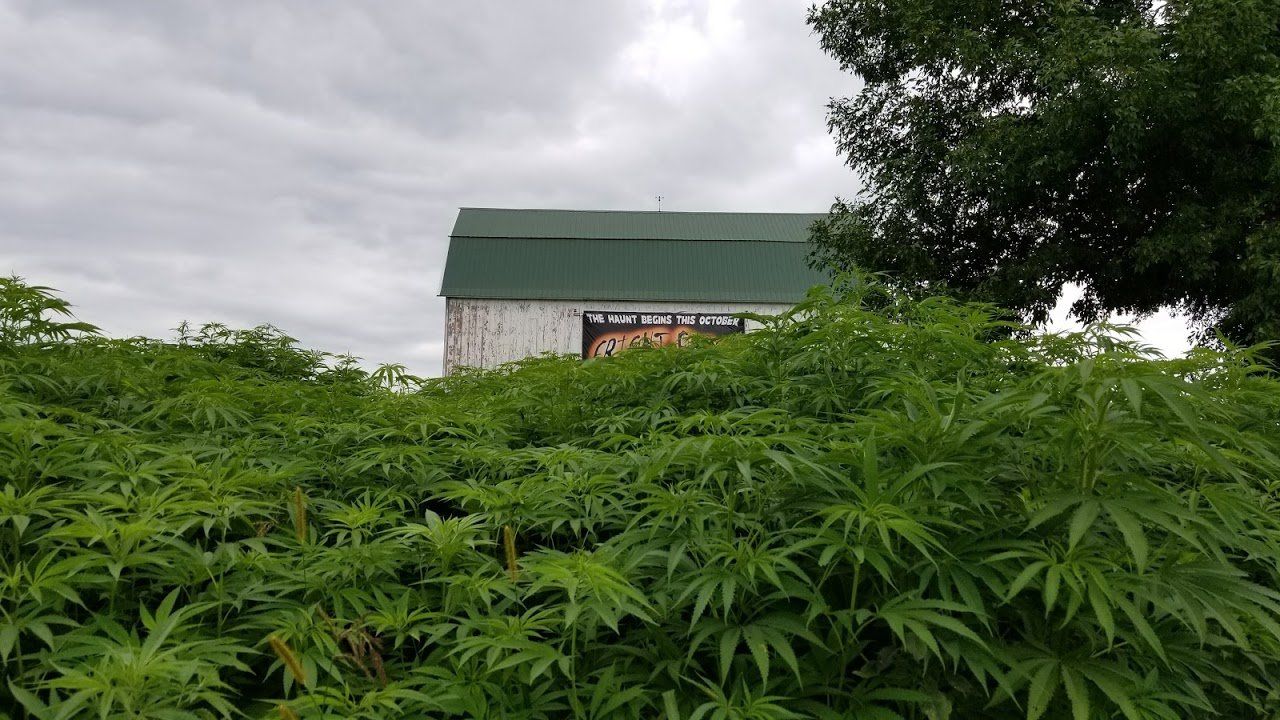SHOP NOW
SHOP NOW
Our Farm
Phone Orders Welcome
507-491-2639
TWO FARM STORES
Sacred Mounds Farm
N1493 810th Street
Hager City, WI
OPEN YEAR ROUND
Monday - Friday 10:30 AM - 6 PM
Saturday 10 AM - 5 PM
Sunday CLOSED
Willow's Keep Farm
47385 Hwy 52 Blvd
Zumbrota, MN
OPEN SEASONAL
June 1st - December 23rd
Monday - Friday 11 AM - 6:30 PM
Saturday CLOSED
Sunday CLOSED
HEMP MAZE
(OPEN July - October)
CANNA DISC GOLF
(OPEN June - October)
Phone Orders Welcome
507-491-2639
TWO FARM STORES
Sacred Mounds Farm
N1493 810th Street
Hager City, WI
OPEN YEAR ROUND
Monday - Friday 10:30 AM - 6 PM
Saturday 10 AM - 5 PM
Sunday CLOSED
Willow's Keep Farm
47385 Hwy 52 Blvd
Zumbrota, MN
OPEN SEASONAL
June 1st - December 23rd
Monday - Friday 11 AM - 6:30 PM
Saturday CLOSED
Sunday CLOSED
HEMP MAZE
(OPEN July - October)
CANNA DISC GOLF
(OPEN June - October)
Monday - Friday 11 AM - 6:30 PM
Saturday 11 AM - 5 P M & Sunday 12 PM - 5 PM
Our Farm

About The Maze & The Farm
HEMP MAZE MINNESOTA & CANNA DISC GOLF
. . . is open July thru end of September. Entry to the maze and canna disc golf cost $10 per person. Please wear sturdy closed toe shoes. You will be walking through a farm field. Our disc golf course consist of 13 cannabis themed holes. Bring your own discs to play or buy a new disc made of hemp plastic in the store. We also have discs you can borrow.
Hemp Maze Minnesota was established to educate and inform the public about the benefits of a vibrant hemp industry in Minnesota. The Hemp Maze & Canna Disc Golf is located at Willow’s Keep Farm just south of Zumbrota, MN on HWY 52. The Hemp Maze is open during the season starting in July. We also have a hemp hole game, a giant bench for group pictures, and a kiddie graveyard in the fall.
HEMP MAZE MINNESOTA & CANNA DISC GOLF
WILL BE OPEN July - End of September
Monday - Friday 11 AM - 6:30 PM
Saturday 11 AM - 5 PM
Sunday 12 PM - 5 PM
More information (507) 491-2639
Industrial Hemp

History of Industrial Hemp
The first historical record of utilization of the hemp plant for its stem fiber comes from the Chinese who described the plant they called ma as having been introduced by the Emperor Shen Nung in the twenty-eighth century BC. The wild Cannabis ancestor is believed to have grown somewhere in a general area between western China and the eastern Caucasus, north of the Hindu Kush.
This wild ancestor is not found today.
Hemp's major use was as a cordage fiber. Its natural resistance to rot recommended it for maritime uses, and, as European seafaring expanded, so did the importance of hemp. So
critical was hemp to naval powers that laws were passed in England and in the American colonies requiring farmers to allot a portion of
their acreage to the production of hemp. Were it not for hemp,
European expansion, the Age of Exploration and the discovery of the
New World would certainly not have occurred as they did.
Sailing ships carried hempseed in their stores and the crop was seeded in new lands to provide for the repair of marlines, hausers and sails. Ships were caulked with oakum made of the short hemp fibers.
Hemp was growing in Chile by 1545, in New England by 1629. The Founding Fathers were strong promoters of hemp. For a time following the War of Independence, farmers could pay their taxes in hemp. George Washington admonished, "Sow it everywhere."3 Thomas Jefferson, a strong proponent of hemp as a crop, invented a hemp
brake and experimented with different genetic varieties.
Hemp production during the Revolutionary period was greatest
in Virginia where its labor requirement led to a rapid increase in that state's slave population. Hemp fabric clothed the slaves, but was too coarse for the gentle classes.
Hemp moved west with the Pioneers. It was first planted in Kentucky on Clarke's Creek near Danville by Archibald McNeil in 1775. The growth and vicissitudes of the Kentucky hemp industry have been described in detail by James Hopkins in his History of the
Hemp Industry in Kentucky. Kentucky was the principal producer of
hemp fiber until the Civil War.
The mainstay of the Kentucky industry was baling rope and bagging used for cotton bales. Hemp accounted for 5% of the weight of a cotton bale and the fortunes of the Kentucky industry rose and fell with the cotton market. But despite substantial efforts on the
part of the government and private individuals to encourage the use
of Kentucky hemp by the US Navy, it was generally rejected for
quality in favor of imported Russian "Riga Rein" hemp. After the
Civil War, jute and iron bands replaced hemp for cotton bales and the
Kentucky industry declined.
Hemp moved west with the Pioneers: Missouri (1835); Minnesota (1860); Illinois (1875); Nebraska(1887); Wisconsin (1908); California (1912). By 1860, Missouri had replaced Kentucky
as the major supplier of hemp. At the same time, hemp was moving
north, being first grown in Minnesota that same year.
As the nation expanded, so did its government. In 1890, the
cabinet office of Secretary of Agriculture was created. Its first
appointee was Jeremiah Rusk, a former governor of Wisconsin. One
of Rusk's first actions was the inauguration of the USDA's Office of
Fiber Investigations to encourage domestic bast fiber production. Its
first director, Charles Dodge, opined: "There is no reason why hemp
culture should not extend over a dozen States and the product used in
manufactures which now employ thousands of tons of imported
fibers."

Minnesota Hemp Industry
Early Days of Hemp In Minnesota
Before the Marijuana Tax Act of 1937 Minnesota had a robust Industrial Hemp fiber industry. There were processing mills throughout the state and companies like Minnesota Hemp Company, Northwest Hemp Company, and Chempco Incorporated. In 1934 it was reported that over 800 acres alone were grown in Faribault County. MN. It is interesting that most of the records on hemp production in the state have been mysteriously destroyed. During World War II many of these same farmers began growing hemp again as part of the war effort "Hemp for Victory" when the United States supply of cordage and canvas from the Philippines was cut off due to Japanese occupation of the Pacific islands and trade routes. With the end of World War II in 1945 the Hemp Industry in Minnesota was shut off and the crops were destroyed by the bureau of narcotics.
The feral remnant today we call "ditchweed" is a repository of important genes of the Industrial Hemp plant, not a threat to society. The extermination campaign that was waged against this genetic resource is no less than a crime, a crime against humanity and future
generations.
Minnesota Hemp Pilot Project
In 2015, the Minnesota Industrial Hemp Development Act (IHDA), Minnesota Statues 18K, became law. This allowed MDA to create an industrial hemp research pilot program in order to study the growth, cultivation, and marketing of industrial hemp. This law directed the commissioner of agriculture to make program rules, determine a fee structure, and perform testing and other regulatory activities.
Industrial hemp is defined as Cannabis sativa L. that contains no more than 0.3% delta-9 tetrahydrocannabinol (THC).
Pilot participants are required to provide reports to MDA regarding seed varieties planted, agronomic findings, and any processing, distribution and sales of products. The 2018 Hemp Pilot Program Report is now available.
MDA obtained a Drug Enforcement Administration (DEA) Schedule 1 Narcotic Research Registration in 2016. All hemp seed for the program is imported under MDA permits.
In 2016, there were 6 pilot participants in Minnesota who grew industrial hemp in MDA's pilot program. It was a historic year, as we saw the harvest of approximately 40 acres of hemp in Minnesota for the first time since the 1950s. In 2017, there were 38 registered pilot participants, who grew 1,205 acres. In 2018, there were 51 registered pilot participants, who grew 700 acres.
2018 Farm Bill
Industrial Hemp will be removed from the Controlled Substances Act (CSA). It will be distinct from marijuana and recognized as an agricultural crop by the federal government.
States and Tribes will still oversee regulation of hemp production in their jurisdictions.
The Farm Bill frees up interstate movement of hemp seed, plants, and processed hemp products.
Hemp farmers will be eligible for crop insurance and grants through USDA.
Hemp Maze Minnesota is fully licensed. It is unlawful to remove any hemp from the pilot field. This includes seeds, leafs, or any other parts of the plants.
Feed You
The seeds of the Industrial Hemp plant are a complete protein and contain all 9 essential amino acids. The oil of the hemp seed is high in Omega 3 and Omega 6 fatty acids.
Clothe You
The fibers of the Industrial Hemp plant are some of the strongest known fibers to man. The fibers naturally resist mildew and outlast other garments made of cotton.
Shelter You
Did you know that hemp can be made into many different building materials? Hempcrete is one of the building products made from hemp hurds and lime. Hempcrete walls are fireproof, transmit humidity, resist mold, and have excellent acoustic performance.
Heal You
Did you know that the flower of the hemp plant can be squeezed for oil? There are over 100 cannabinoids in the hemp flower as well as other special terpenes. One of these cannabinoids is CBD and it has been known for years to calm and sedate the human mind. The US Goverment has a patent on CBD for its use as neuroprotectant and antioxidant US PATENT 6,630,507.
Our Hemp Strains

HEMP FOR FIBER
Growing our future!

HEMP FOR CBD
Healing our community!

HEMP FOR SEED
Feeding our nation!
Hemp, hemp, hooray!


Educate & InformWe are educators dedicated to teaching others about the amazing Industrial Hemp plant and the need for a vibrant Industrial Hemp Industry in Minnesota.



